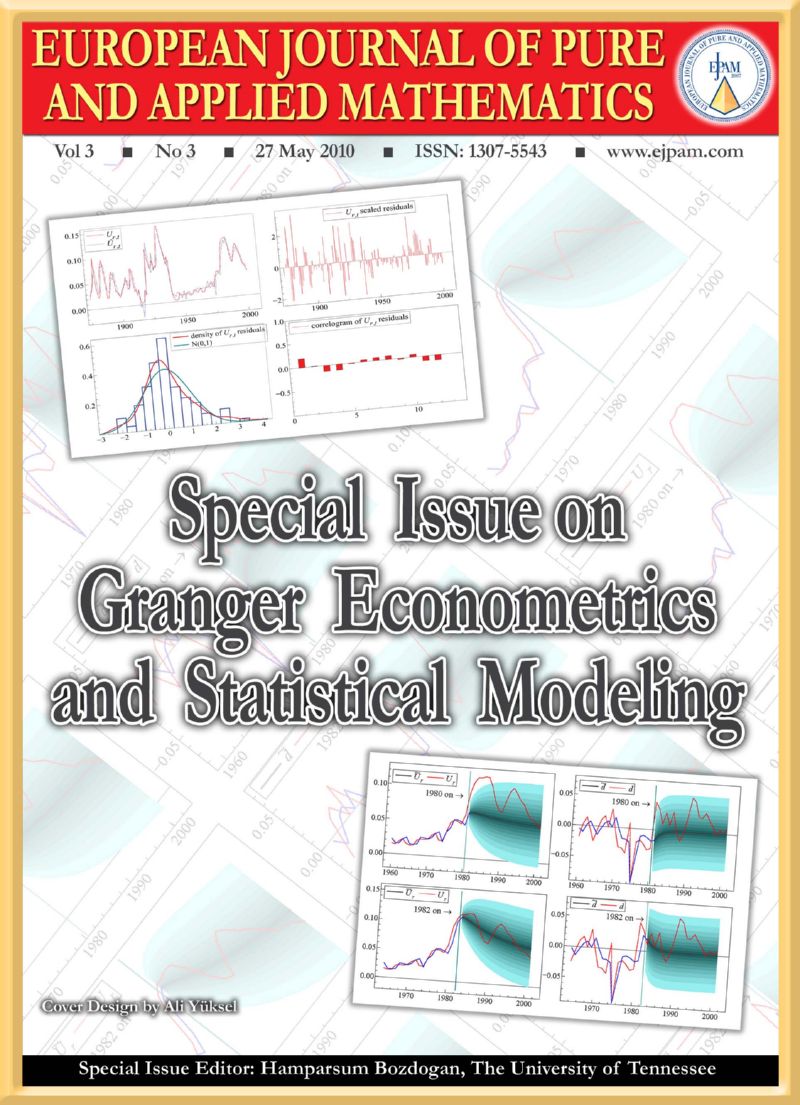Stylized Facts of Financial Time Series and Three Popular Models of Volatility
Keywords:
Autocorrelation of squared residuals, Autoregressive conditional heteroskedasticity, Conditional variance, Kurtosis, Stochastic volatility, Volatility of stock returnsAbstract
Properties of three well-known and frequently applied first-order models for modelling and forecasting volatility in daily or weekly financial series such as stock and exchange rate returns are considered. These are the standard Generalized Autoregressive Conditional Heteroskedasticity (GARCH), the Exponential GARCH and the Autoregressive Stochastic Volatility model. The focus is on finding out how well these models are able to reproduce characteristic features of such series, also called stylized facts. These include high kurtosis and a rather low-starting and slowly decaying autocorrelation function of the squared or absolute-valued observations. Another stylized fact is that the autocorrelations of absolute-valued returns raised to a positive power are maximized when this power equals unity. Not unexpectedly, a conclusion that emerges from these considerations, largely based on results on the moment structure of these models, is that none of the models dominates the others when it comes to reproducing stylized facts in typical financial time series.Downloads
Published
2010-05-22
Issue
Section
Special Issue on Granger Econometrics and Statistical Modeling
License
Upon acceptance of an article by the European Journal of Pure and Applied Mathematics, the author(s) retain the copyright to the article. However, by submitting your work, you agree that the article will be published under the Creative Commons Attribution-NonCommercial 4.0 International License (CC BY-NC 4.0). This license allows others to copy, distribute, and adapt your work, provided proper attribution is given to the original author(s) and source. However, the work cannot be used for commercial purposes.
By agreeing to this statement, you acknowledge that:
- You retain full copyright over your work.
- The European Journal of Pure and Applied Mathematics will publish your work under the Creative Commons Attribution-NonCommercial 4.0 International License (CC BY-NC 4.0).
- This license allows others to use and share your work for non-commercial purposes, provided they give appropriate credit to the original author(s) and source.
How to Cite
Stylized Facts of Financial Time Series and Three Popular Models of Volatility. (2010). European Journal of Pure and Applied Mathematics, 3(3), 443-477. https://www.ejpam.com/index.php/ejpam/article/view/801

